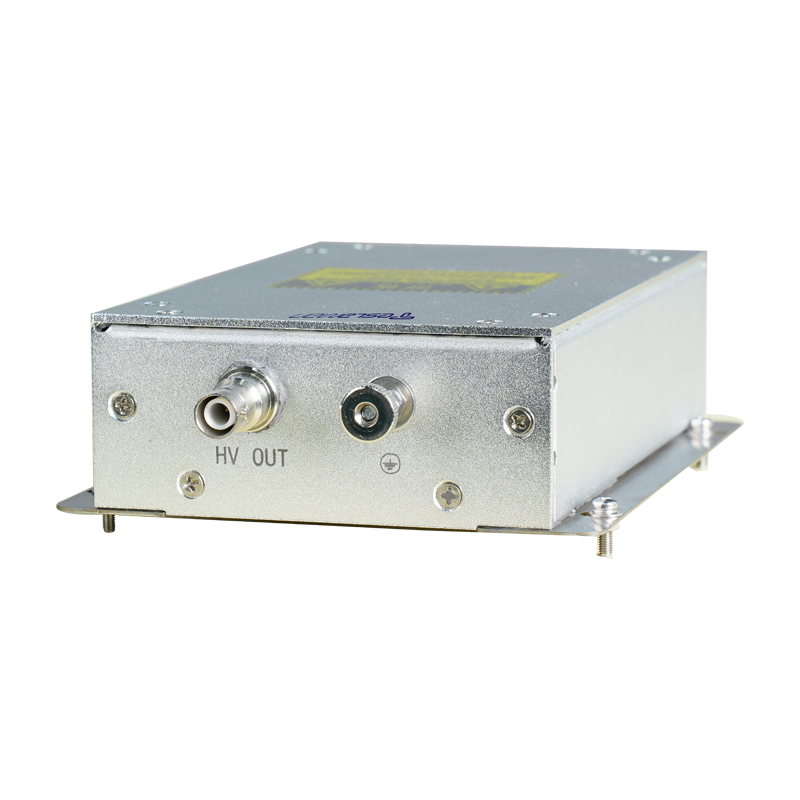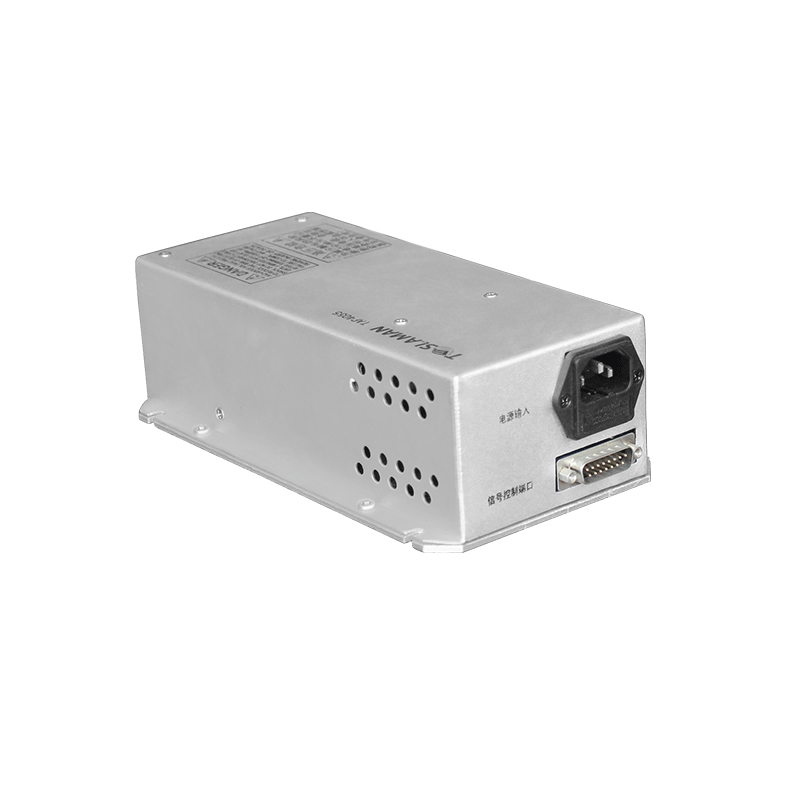Optimization of Space Utilization for Standard Rack-Mount High-Voltage Power Supplies
In modern electronic devices and industrial systems, standard rack-mount high-voltage power supplies are widely used in places such as communication base stations, data centers, and scientific research laboratories. With the continuous improvement of equipment integration and the pursuit of space utilization efficiency, optimizing the space utilization of standard rack-mount high-voltage power supplies has become increasingly important. Rational space utilization can not only enhance the overall compactness of equipment layout but also reduce operation and maintenance costs and improve the reliability of the system.
First of all, start with the internal structure design of the power supply to optimize space utilization. Adopt high-density integration technology to highly integrate the originally scattered circuit modules. For example, integrate the power conversion module, control circuit module, and filter module through advanced packaging processes, reducing the connection wire length and occupied space between modules. At the same time, select miniaturized electronic components such as surface-mounted resistors, capacitors, and integrated circuits. These components are smaller in size compared to traditional through-hole components, which can effectively reduce the overall space inside the power supply. In addition, optimizing the heat dissipation structure of the power supply also has a positive impact on space utilization. Adopt an efficient heat sink design combined with an intelligent fan speed control system to minimize the space occupied by the heat dissipation device while ensuring good heat dissipation. For example, use ultra-thin heat sinks and arrange them cleverly around the heat-generating components inside the power supply, which can not only dissipate heat fully but also not take up too much space.
Secondly, optimize the layout of the power supply and the rack. Design the shape of the power supply to perfectly fit the size and structure characteristics of the standard rack. Ensure that when the power supply is installed in the rack, every layer of space in the rack can be fully utilized, avoiding space waste caused by unreasonable power supply size. For example, for a common 19-inch standard rack, the width of the power supply should be accurately designed to 19 inches, and the height should be reasonably planned according to the actual power requirements and internal structure to adapt to the U number standard of the rack (1U = 44.45mm). At the same time, reasonably arranging the position of the power supply in the rack is also crucial. Place the power supplies with high power consumption and more heat generation at the top or bottom of the rack to promote heat dissipation using the principle of natural convection and avoid excessive heat impact on other devices. For the situation where multiple power supplies are installed in the same rack, adopt a modular installation method to arrange the power supplies closely together, reducing gaps and improving space utilization.
Furthermore, use advanced wiring techniques to optimize space. Adopt hierarchical wiring and flexible printed circuit (FPC) technology to reasonably arrange power lines, signal lines, etc. in layers, avoiding line crossing and entanglement, thereby reducing the space occupied by wiring. FPC has the characteristics of flexibility and thinness, and can be flexibly wired according to the shape of the internal space of the power supply, further improving space utilization efficiency. At the same time, use a compact connection method at the line connection points, such as using miniaturized connectors, to reduce the volume of the connection parts.
In summary, optimizing the space utilization of standard rack-mount high-voltage power supplies requires comprehensive consideration from multiple aspects such as internal structure design, adaptation layout with the rack, and wiring technology. Through these optimization measures, standard rack-mount high-voltage power supplies can exert maximum efficiency within a limited space, meeting the increasing demand for space utilization efficiency in modern electronic devices and industrial systems.




















